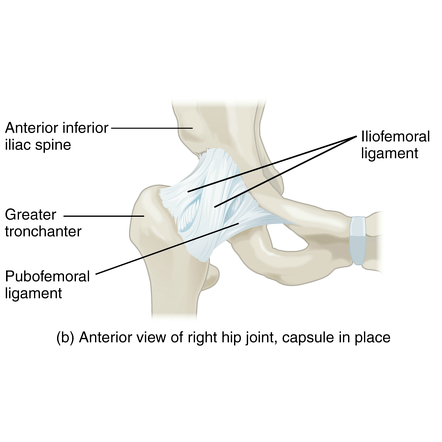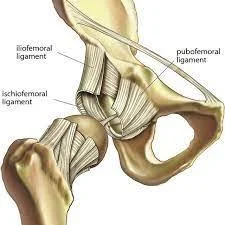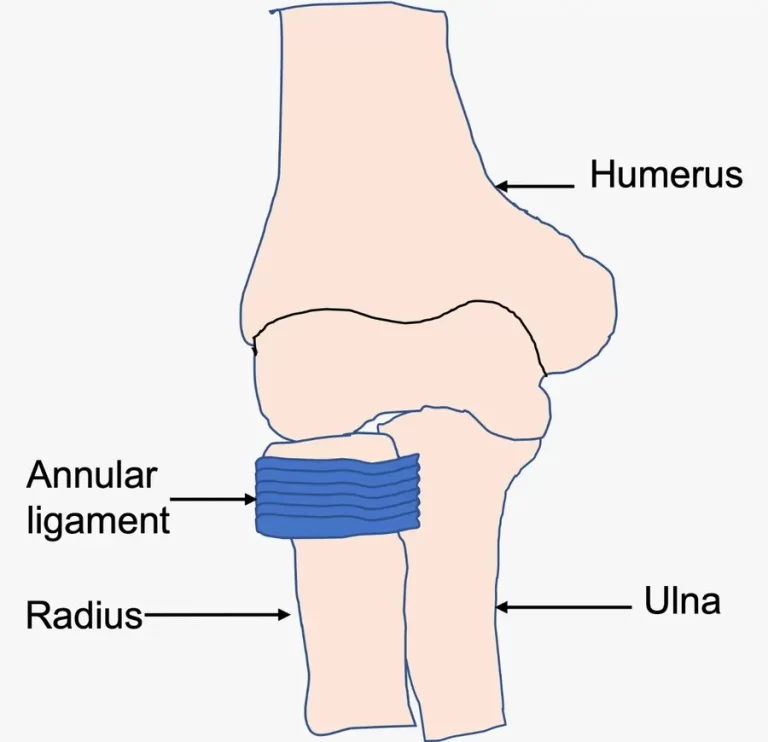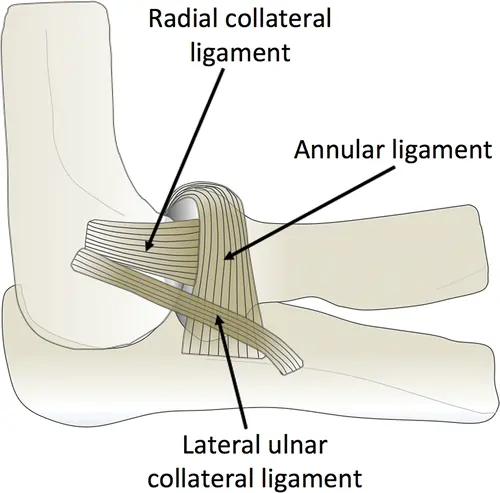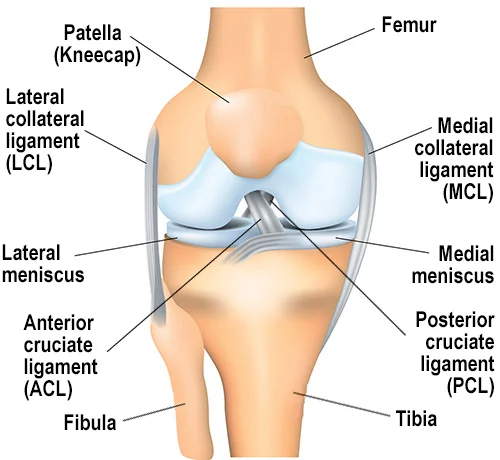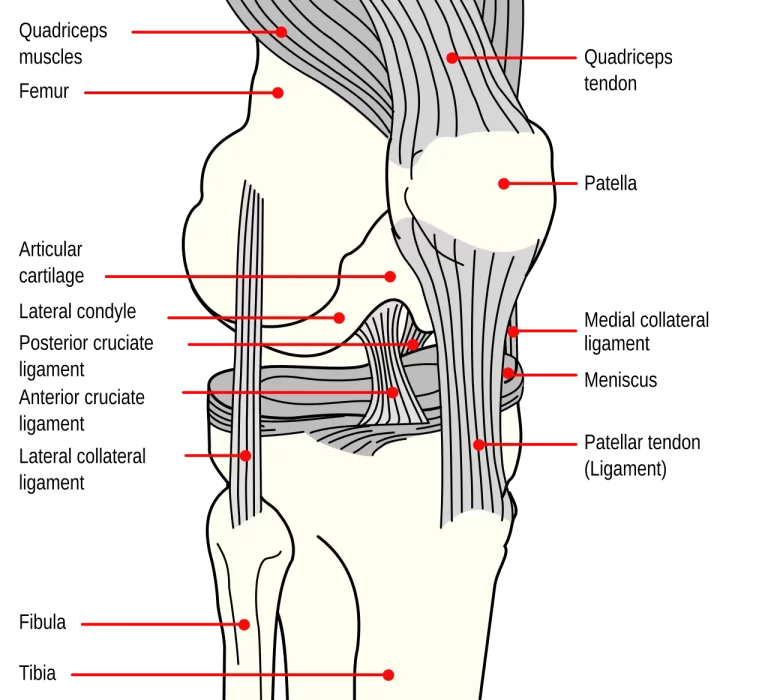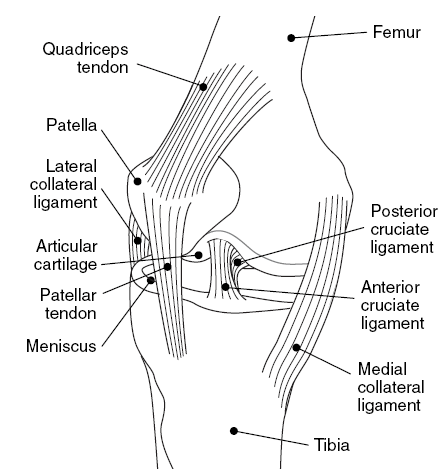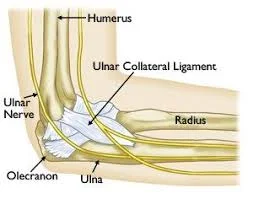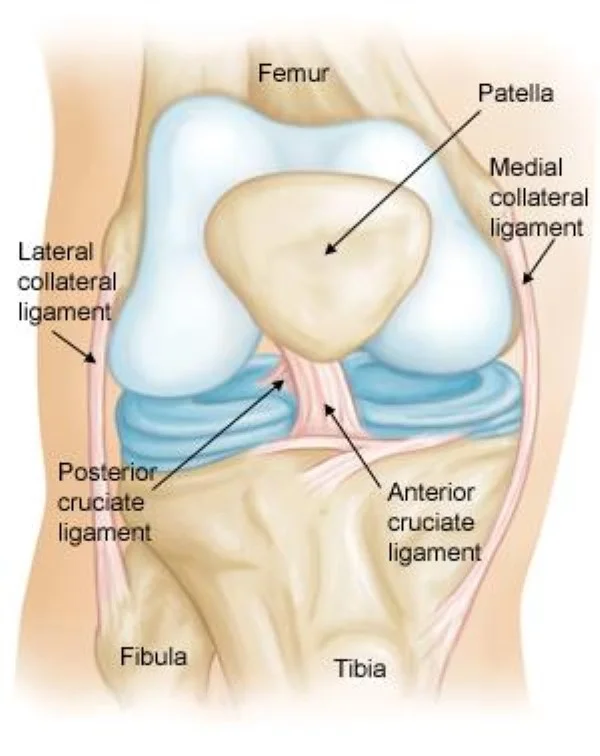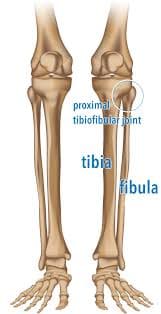Pubofemoral Ligament
Introduction The pubofemoral ligament is a strong, triangular ligament located on the anterior side of the hip joint. It connects the pubic bone to the femur and helps prevent excessive hip abduction and extension, providing stability to the joint. Pain, stiffness, and trouble moving can also be symptoms of pubofemoral ligament injuries. Complete recovery requires…

